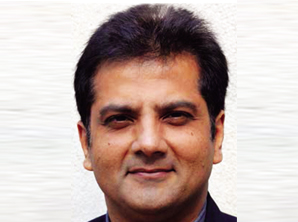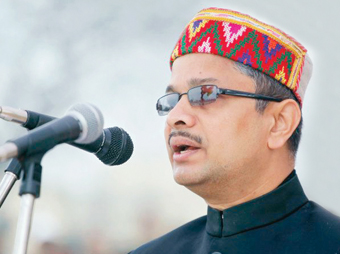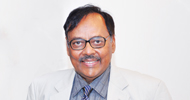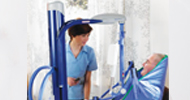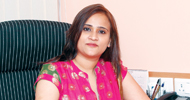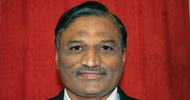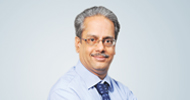

Dr Animesh Arya, Senior Chest Physician, Specialist in Allergy, Sleep and Critical Care, Centre for Sleep, New Delhi

Technology is revolutionising the way treatments are carried out. Sleep disorders were diagnosed pretty late, yet today we have a range of technological systems to unwind the sleep matrix.

Decoding the sleep matrix
Innovations in last five years, in terms of therapy have seen the growth of sleep lab machines. Sleep labs are more functional and they are seen as a better treatment modality. New methods of adoptive technology constitute of sleep sensors with pressure control, and the pressure varies when the patient is sleeping. All the senses are connected to the machine and the readings are recorded and downloaded to interpret the sleep and brain functioning.
Basically sleep labs comprise of a com prehensive group of equipments brought together to diagnose disorder. A recording device, inbuilt with software, is able to sense variations and body positions and is able to generate lot of information. Diagnosis of sleep disorders is based on a combination of history and physical examination, monitoring of the sleep/wake pattern, and physiologic testing.

Phillips is the only player in most of the hospitals for diagnosing sleep disorder. The most common sleep study is overnight polysomnography (PSG), the monitoring of multiple physiologic parameters during sleep. Improvements in portable monitoring technology have made home sleep testing more feasible. While this may reduce the cost per study and improve some patients tolerance of sleep testing, there is also the potential for more widespread testing and increased overall cost The search continues for more effective and better-tolerated therapies. But that is the case with all verticals of healthcare.

Be a part of Elets Collaborative Initiatives. Join Us for Upcoming Events and explore business opportunities. Like us on Facebook , connect with us on LinkedIn and follow us on Twitter , Instagram.
"Exciting news! Elets technomedia is now on WhatsApp Channels Subscribe today by clicking the link and stay updated with the latest insights!" Click here!






